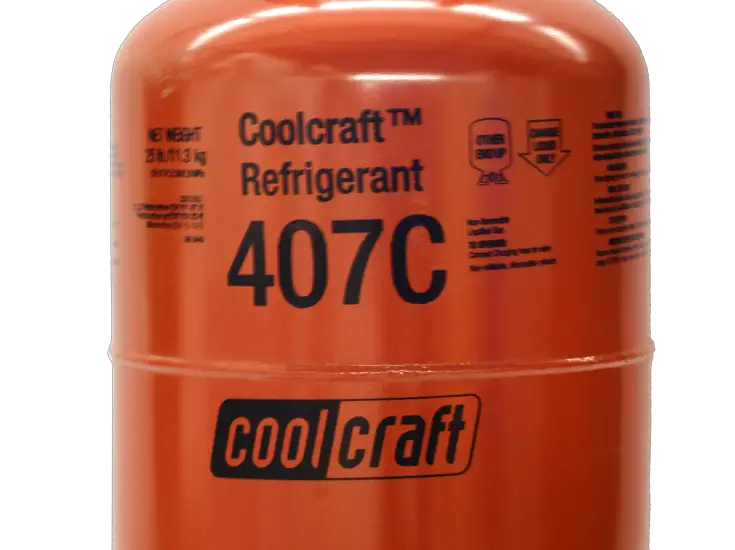Refrigerant quota is a hot topic in a world increasingly aware of climate change. But what exactly is it? Well, in a nutshell, it’s a limit set by authorities on the amount of refrigerant that can be produced and consumed. Its significance reaches from industries right to our environment. Now, let’s unfold this refrigerant story, shall we?

Table of Contents
Definition of Refrigerant Quota
Imagine you’re in charge of a big pie and you have to ensure everyone gets a fair slice. That’s what a refrigerant quota is all about. It’s a predetermined cap on the amount of refrigerant – the stuff that cools our fridges and air conditioners – that can be produced and used within a certain period. The quota is essentially designed to keep the industry in check and protect our dear Mother Nature from harmful emissions.
Legal Framework
So, who sets the rules? The United Nations Environment Programme (UNEP) is a key player in the global legal framework. They’re a bit like the school principal ensuring everyone plays fair. Nationally, we have bodies like the Environmental Protection Agency (EPA) in the United States enforcing refrigerant quotas. Trust us, it’s not a game of Monopoly; it’s all serious business.
Importance of Refrigerant Quota
The refrigerant quota isn’t there just to spoil the party for industries. There’s a bigger picture. The quota plays a crucial role in environmental protection and ensuring fairness in industry regulation.
Role in Environmental Protection
Ever thought about what refrigerants do to our environment? Turns out, some refrigerants are potent greenhouse gases, capable of causing a whole lot of global warming. So, the quota is our shield, helping us mitigate these effects.
Impact on Industry Regulation
On the flip side, the quota isn’t just an eco-warrior. It also keeps industries in line, ensuring everyone has a fair shot at the refrigerant pie and preventing monopolies. Think of it as a referee in a soccer game. Fair play, right?
Determining Refrigerant Quota
Setting the quota isn’t as simple as picking a number out of a hat. It involves complex calculations and considerations.
Responsible Authorities
As we mentioned earlier, bodies like UNEP and EPA pull the strings. They’re the ones doing the math, determining how much refrigerant is too much, and who gets what slice of the pie.
Influential Factors
When it comes to setting quotas, a host of factors are considered. These include the type of refrigerant, its Global Warming Potential (GWP), and the specific needs of different industries. It’s a lot like preparing a family dinner, balancing everyone’s likes and dietary requirements.
Check out these other related articles…
Causes of Low Refrigerant in AC: Your Comprehensive Guide
Does Refrigerant Stop Leak Work? [Detailed Answer]
Refrigerant Requirements: Your Detailed 411 Guide
How Often Does Refrigerant Need to Be Replaced? [Answered]
Top Off Refrigerant: Your Detailed Guide
Compliance with Refrigerant Quota
Now, it’s not just about setting the quota. It’s also about making sure everyone sticks to their slice of the pie. And trust us, the consequences of not doing so aren’t pretty.
Monitoring and Enforcement
Remember those authorities we talked about? They’re also the watchdogs, monitoring industry activities and ensuring everyone plays by the rules. They use sophisticated reporting systems and regular inspections, kind of like our parents checking our homework.
Consequences of Non-Compliance
And if you’re caught playing foul? There are heavy fines, legal actions, and even the revocation of operating licenses. It’s like being sent to the principal’s office – except much, much worse.
Future of Refrigerant Quota
Like any good story, the tale of the refrigerant quota is always evolving. Let’s take a look into the crystal ball, shall we?
Evolving Environmental Policies
As our environmental consciousness grows, so too will our policies. This might mean stricter quotas in the future. Change is coming, folks!
Technological Advancements
And let’s not forget about the magic of technology. With the development of more environmentally friendly refrigerants and advanced cooling systems, who knows how the quotas might change? It’s an exciting future ahead, folks. Let’s embrace it!